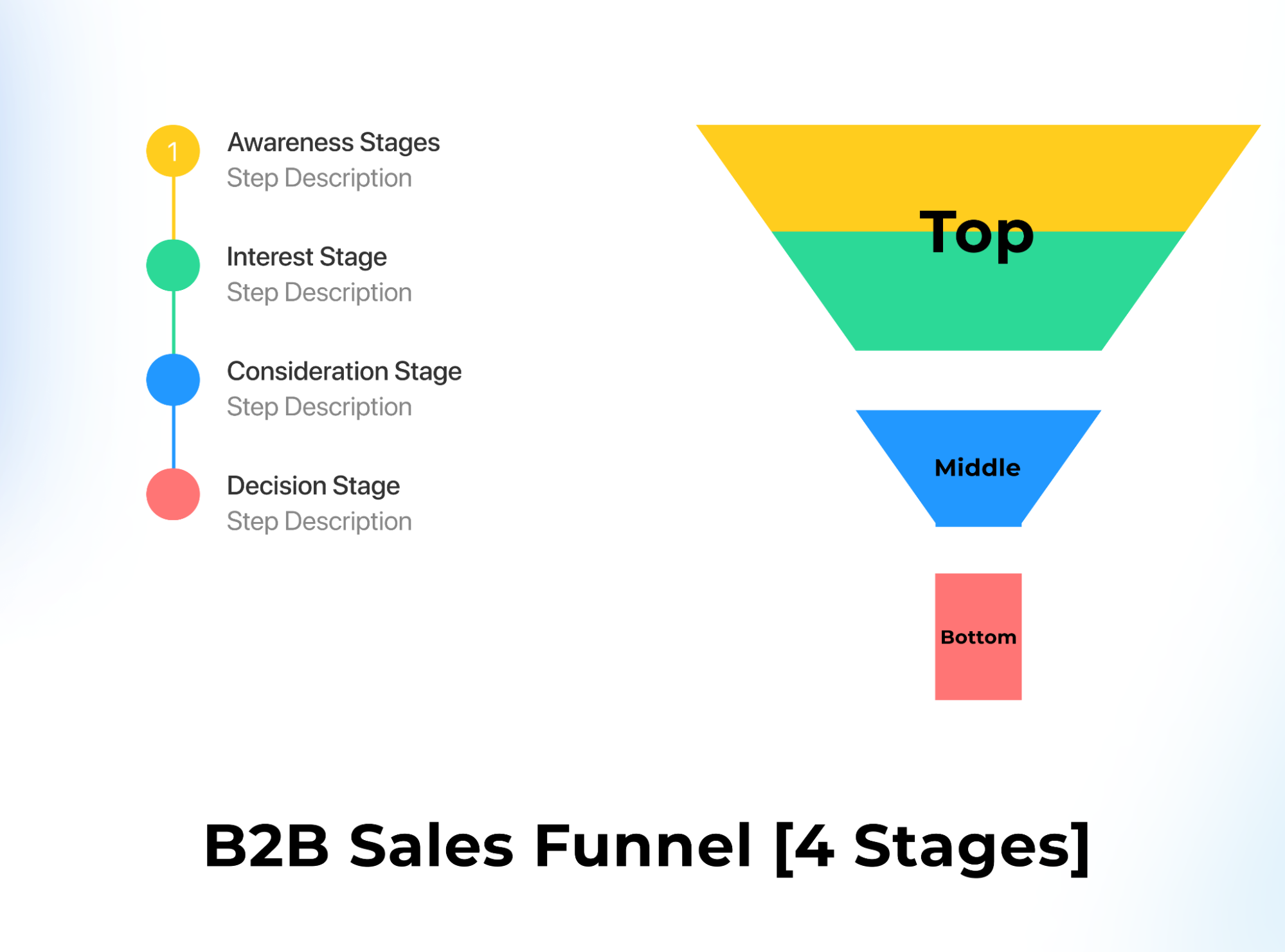Omnichannel Automation in B2B Marketing – A Game Changer
March 14, 2023
Achieving Success Through a Strategic B2B SEO Launch
January 11, 2023
5 B2B Benefits of Content Marketing
April 12, 2022
6 Powerful B2B Marketing Strategies That Will Boost Your Sales
February 6, 2022
Digital Marketing Tips for B2B Products & Services
August 5, 2021






